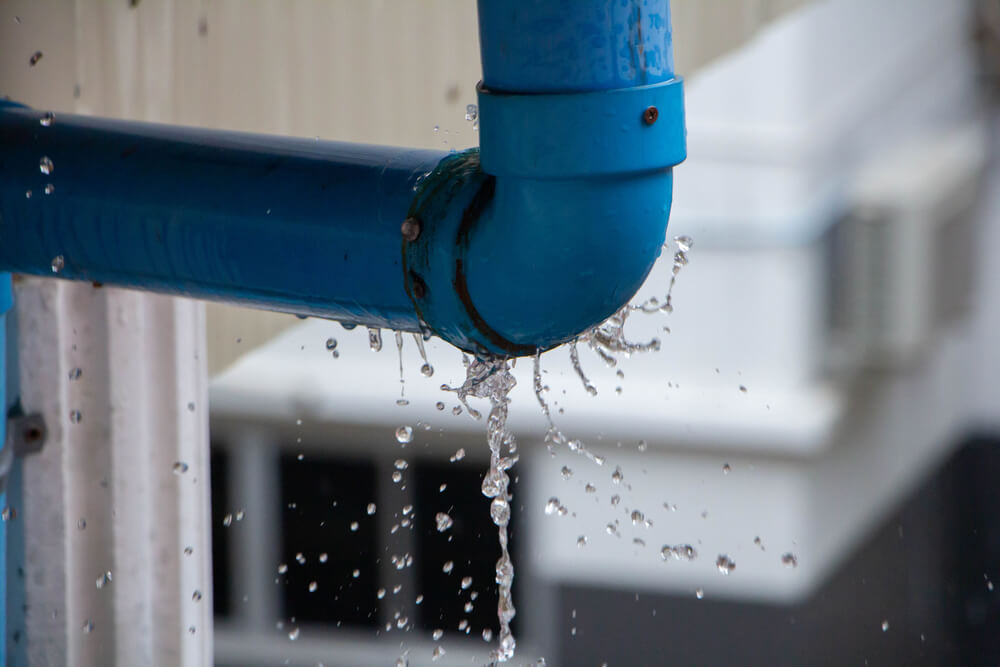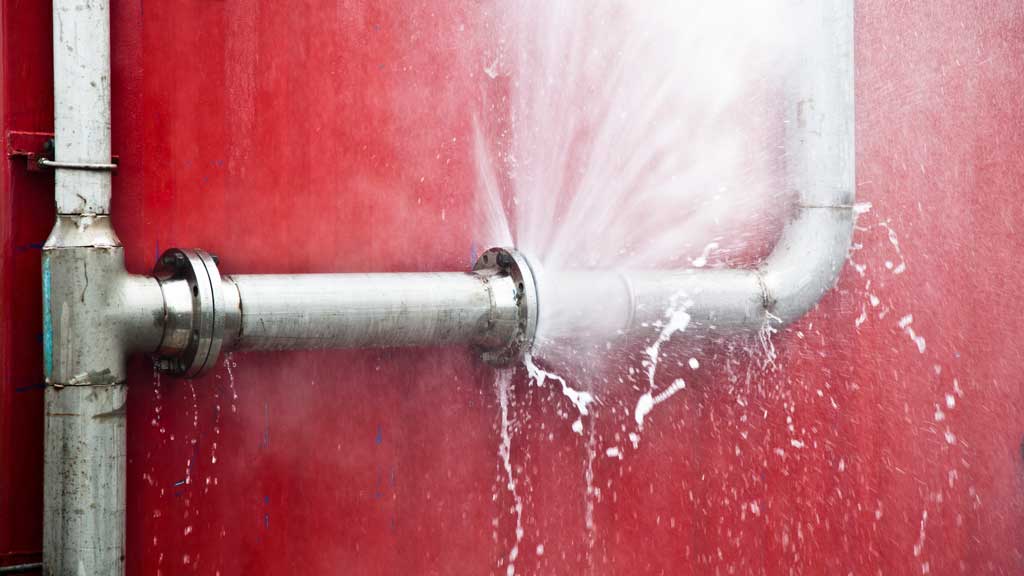Signs of a Burst Pipe: How to Identify and Address the Issue Before It Escalates
Signs of a Burst Pipe: How to Identify and Address the Issue Before It Escalates
Blog Article
What to Do When a Pipe Bursts: Immediate Tips for Homeowners
A pipe ruptured can be a property owner's worst headache, causing substantial damages if not addressed promptly. The instant response is critical: first, find the resource of the leakage and closed off the primary water shutoff to stop more flooding. Following this, draining pipes the pipes comes to be essential to reduce extra issues. Lots of house owners ignore the relevance of recording the damage for insurance coverage claims, and the process does not finish there. Understanding the extensive actions to take can have a profound effect on healing and remediation efforts. What complies with following is vital for effective resolution.

Examine the Scenario
Begin by recognizing the source of the leak; this may entail inspecting the location around the ruptured pipe for noticeable indications of water escape. If the burst happened in a concealed room, such as within a wall or under a flooring, look for water spots or merging that may indicate the location.
Following, examine the surrounding setting for hazards. Examine for electric wires that may be subjected to water, as this positions a substantial threat of electrocution. Furthermore, make note of any kind of important items or furnishings that may go to danger of water damage. Understanding the scale of the situation will certainly help you prioritize your following actions successfully.
Recording the damage via photographs can additionally be helpful, especially for insurance coverage cases. Time is of the essence, as standing water can lead to mold and mildew development and more structural damage. By thoroughly examining the situation, you will certainly be better prepared to take the necessary steps to reduce additional problems emerging from the ruptured pipe.
Turn Off the Water
The prompt priority after identifying a burst pipeline is to shut off the water supply to protect against more flooding and damage. Situate the main shut-off valve, normally found near the water meter, in the cellar, or on an outside wall. Turning this shutoff clockwise will stop the circulation of water throughout your home, alleviating the risk of considerable water damage.
If you are unable to find the major shut-off shutoff or if it is malfunctioning, you might need to shut off private shutoffs attached to the impacted pipe, if available. Some homes likewise have secondary shutoffs for certain appliances, such as washing machines or dishwashers.
It's recommended to acquaint on your own with the place of these shutoffs before an emergency occurs, as this expertise can conserve beneficial time throughout a situation. In case the main valve is stuck or tough to transform, do not require it; instead, take into consideration seeking expert help.
As soon as the supply of water is turned off, take a minute to evaluate the circumstance further while planning for the next actions, ensuring that your home is as protected as feasible from added water intrusion.
Drain Pipes the Pipes
After turning off the supply of water, it is essential to drain the pipes to reduce any staying water that could bring about added damage. Begin dig this by opening all faucets in the home, beginning from the highest degree to the most affordable. This process encourages the water to drain entirely, enabling gravity to help in getting rid of recurring water from the pipelines.

Be cautious when draining warm water, as it can create burns. Correctly draining the pipes is important to preventing additional difficulties and aids secure your home from added water damages throughout this demanding scenario.
Contact a Professional
Following a burst pipeline, speaking to a specialist plumbing is vital to make certain a complete evaluation and reliable repairs. Trying to take care of the circumstance without experienced help can bring about more damages and problems. A licensed plumber has the competence and specialized devices needed to determine the origin of the leakage and address it successfully.
When picking a plumbing professional, prioritize those with a solid track record and pertinent experience in emergency plumbing solutions. Checking online testimonials, obtaining more info here references, and confirming credentials can aid you make an informed selection. It is advisable to get in touch with multiple experts to compare response times, approximated expenses, and solution offerings.
As soon as you have involved a plumbing professional, offer them with as much details as feasible regarding the case, including the place of the burst pipeline and the actions you have actually currently taken. This info will help them in detecting the concern quickly and properly.
Paper the Damage
Once a plumbing has actually been spoken to and the prompt issues dealt with, it is vital to record the damages created by the burst pipe. Begin by taking clear pictures of the influenced locations, concentrating on noticeable damages to wall surfaces, flooring, and furnishings.
Next, compile a breakdown of harmed products, including their approximate value and any relevant purchase details. This supply needs to encompass permanent fixtures, personal items, and any kind of architectural damage observed. If feasible, include the approximated expense of fixings based on specialist assessments or previous quotes for comparable work.
In enhancement to written and visual documentation, maintain records of any type of communications with your plumber and insurance coverage copyright. By taking these actions, you will be better prepared to navigate the consequences of the occurrence.

Verdict
Immediate evaluation of the situation, complied with by closing off the primary water supply, is critical. Draining the pipelines and recording the damages ensures proper handling of the event for insurance objectives.
The immediate top priority after identifying a burst pipeline is to shut off the water supply to stop more flooding and damages. Transforming this valve clockwise will certainly quit the circulation of water throughout your home, mitigating the danger of extensive water damages.
After shutting off the water supply, it is important to drain the pipelines to lessen any continuing to be water that can lead to additional damage. For homes with a warm water heating unit, you must additionally drain the container by connecting a pipe to the drain valve and guiding the water right into an ideal go to this website container or exterior.
Effectively draining the pipes is vital to preventing further problems and aids protect your home from additional water damages throughout this stressful circumstance.
Report this page